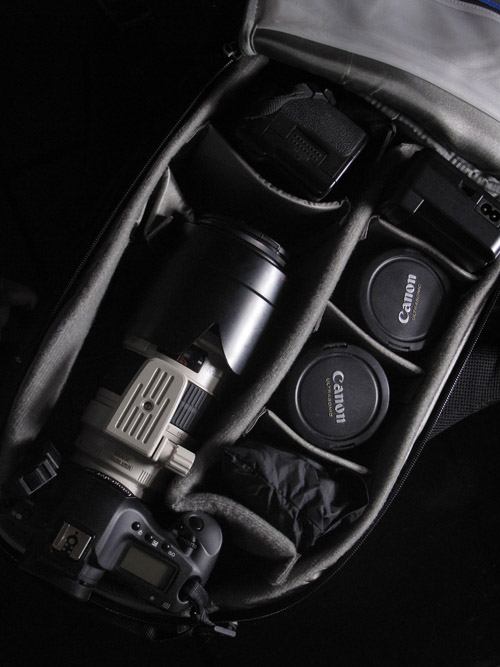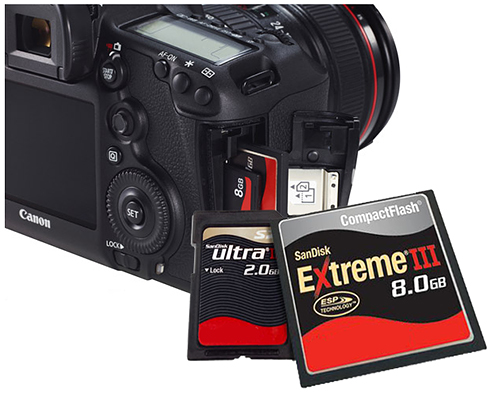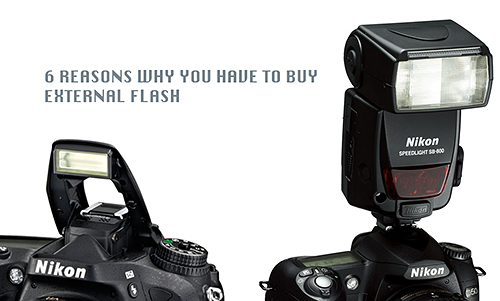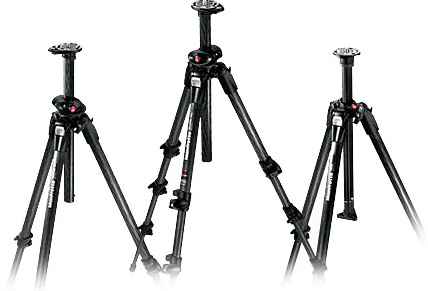
A camera tripod is an important investment. The reasons for using a tripod are many: shooting in low light, shooting with smaller apertures in bright light, shooting time-lapse sequences, shooting self-portraits…and on and on. These are just some of tips and tricks that might come up as you look into buying a new tripod.
Weight
– Carrying a tripod when travelling is essential. Make sure that the weight is not too much for you and that it folds to a convenient size. Always make sure that the tripod you want to buy can support at least 1.5 times more than the total weight of your camera and your heaviest lens.
Separate Head and Legs

-Good tripods invariably consist of legs with a detachable head. Most consumer tripods come already paired up as a single unit but manufacturers of professional tripods usually sell the items separately. This is partly so you can mix and match the exact systems you want and partly because legs often need replacing before the heads.
Heads
-Here’s where you separate the kids from the grownups in tripods. Tripods I’ll loosely call “cheaper amateur” units nearly always come complete with head. The “head” is the part that sits at the top of the tripod and actually supports your camera; it’s the part with handles sticking out which enable you to easily rotate, tilt and twist the aim of the camera.
You screw your camera onto a flat plate on the Head, the Head is attached to the Centre Column, and the Centre Column is held by a collar at the apex of the three Legs. Just as with the tripod itself, the head should operate smoothly and freely without jerking or sticking. When the control handles or knobs are locked, it should be absolutely rigid with *no* “slip” whatsoever.
There are three types of heads commonly available:
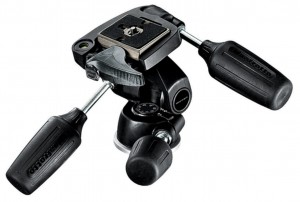
–Pan-Tilt Head – either with a single handle for horizontal movement or dual handles for both horizontal and vertical movement. This is the most common type of head that is typically built into cheaper tripods.

–Ball-Head – compared to pan-tilt heads, ball-heads only have one control that loosens or tightens the grip. They are very flexible and allow very smooth operation while keeping the camera/lens securely tightened.
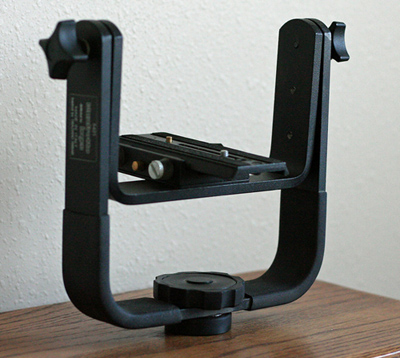
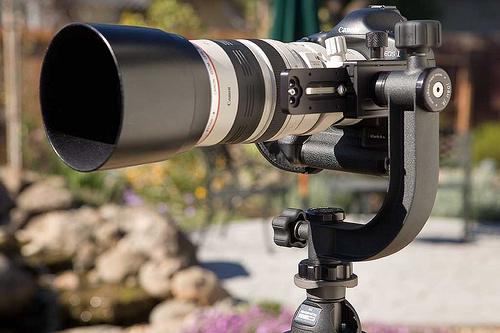
–Gimbal Head – a specialized head for long and heavy 300mm+ lenses. Compared to pan-tilt heads and ball-heads, gimbal heads perfectly balance the camera and heavy lens and are best suited for fast-action photography. They are extremely easy to use in any direction and do not require tightening the head every time the camera/lens moves.
-Obviously the legs must be sturdy enough to hold the weight of the camera.Tripod legs are typically made of aluminum, basalt, steel or carbon fiber. Check the height range — the lowest and highest points the tripod can be set to. It’s good to have a tripod which can go at least a little bit higher than your normal eye level. The weight is important if you plan to move around. Good-quality legs are generally heavier, but modern tripods often use composite materials such as carbon fibre to reduce weight significantly.
Tripod legs generally come in two forms – tubular and non-tubular. All carbon-fiber legs come in tubular form and have a threaded twist-lock system to secure the legs, while aluminum, basalt and steel tripods might come in different shapes with a flip-lock. Depending on the maximum height of the tripod, there might be between 3 and 5 sections on tripod legs. The more sections, the higher the tripod and generally a little less stable.
Finally, check how easy the tripod is to set up. You want to be able to set up and pack down quickly.
Tripod Feet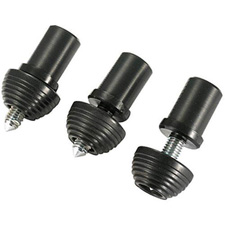
Some advanced tripods will allow you to replace tripod feet for different conditions and situations – they just unscrew on the bottom of the tripod legs. I know that some photographers will argue with me on this one, but tripod feet are really just a convenience factor. There are different types of tripod feet for indoors (rubber or plastic) and outdoors use (metal spikes).
Centerpost/Center Column
-Most tripods have an extending centre column, some with a rack-and-pinion drive for easy height adjustment. Regardless whether it’s a rack-and-pinion or a manual column, the centre column should travel up and down smoothly and shudder free. Important: When locked at any position, the centre column should be very firm and rigid with no sign of movement in any direction.
Leg Braces
-Some tripods have leg braces, i.e. an extra arm attached to each leg at one end and to the tripod top or a sliding ring around the centre column. Those attached to a ring around the centre column are usually there to force all three legs to splay out equally. The braces attached to the top (or adjustable ones attached to the column) are intended to make the legs more stable, and therefore the entire tripod more stable. I personally feel there exists an argument for NOT having leg braces, and it goes like this: Most tripods with leg braces cannot have the leg splay (the angle the leg is “sticking out”) adjusted independently – adjust one and you adjust all three legs equally. Now that’s fine on level ground, but if you’re using the tripod outdoors where the ground is often anything but level, leg braces can actually make it slower and harder to “level up” the tripod (i.e. adjust the tripod so the centre column is vertical); sometimes the only way is to adjust the length of one leg, and that can be fiddly on some units.
The Perfect Tripod?
-Sorry – it doesn’t exist. All tripods are a compromise (isn’t all of life?); if it’s super-strong and rigid it’s also probably too damn heavy to carry on that two-day bush walking trek. If it’s light enough for your backpack it’s probably not very strong (unless it’s one of the light-and-strong-but-expensive carbon-fibre / magnesium / titanium types).












